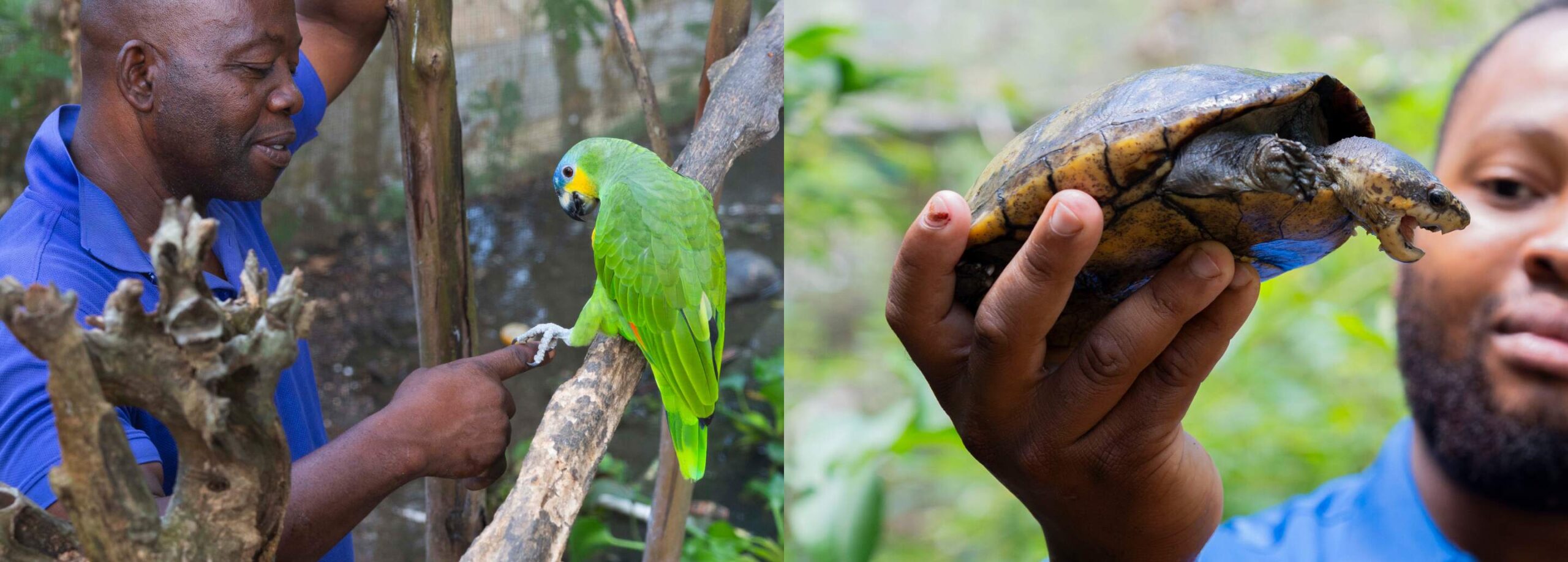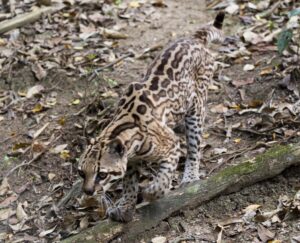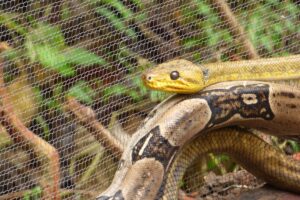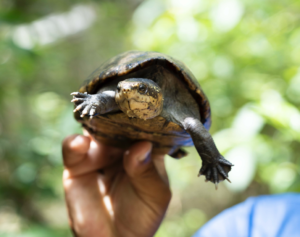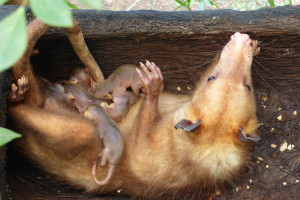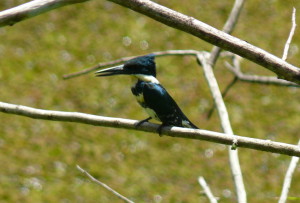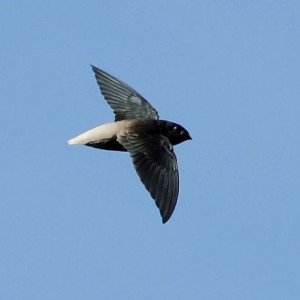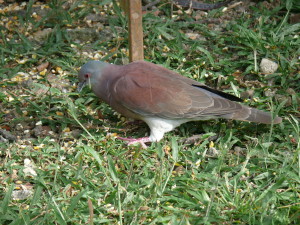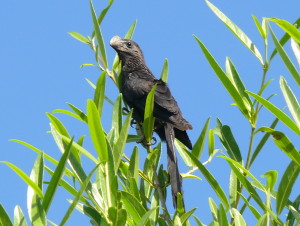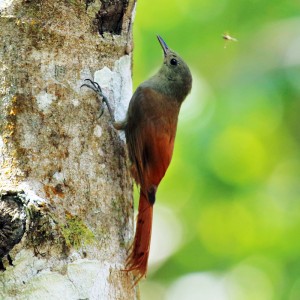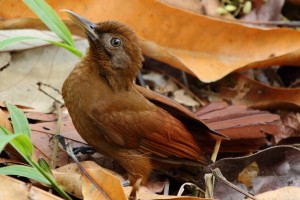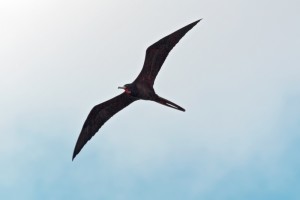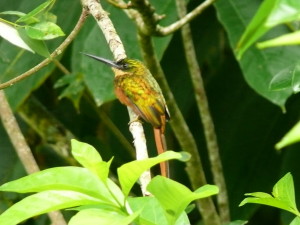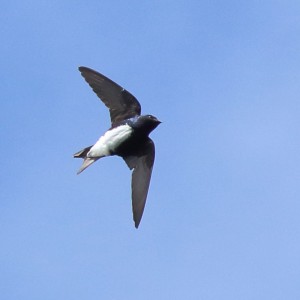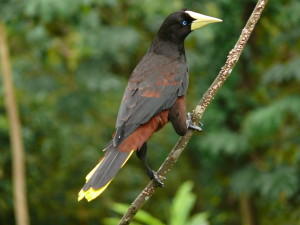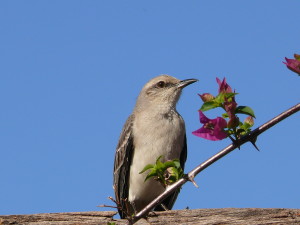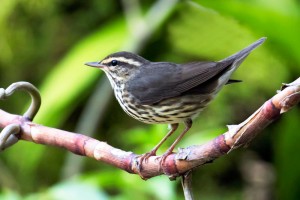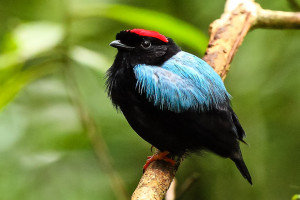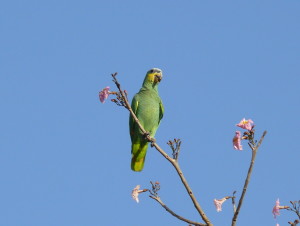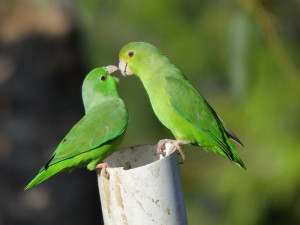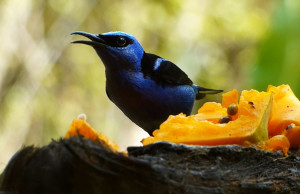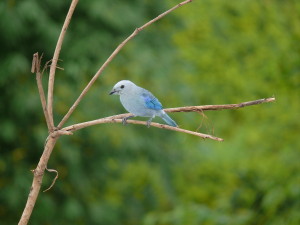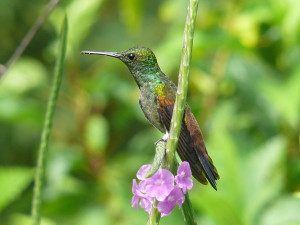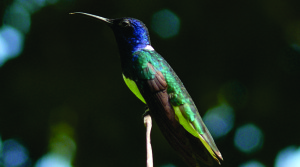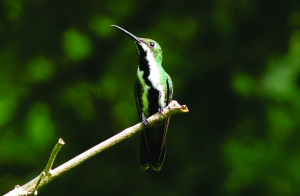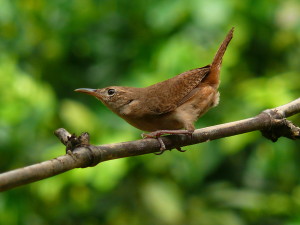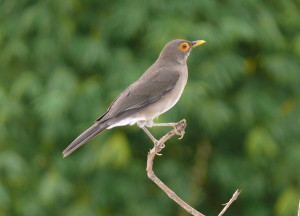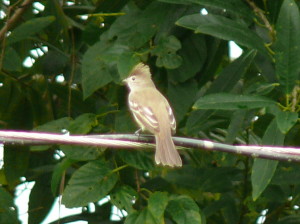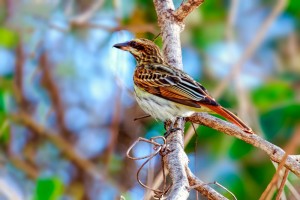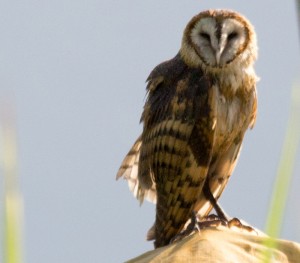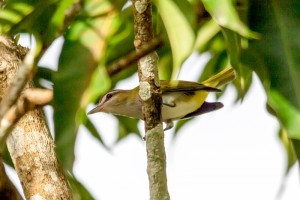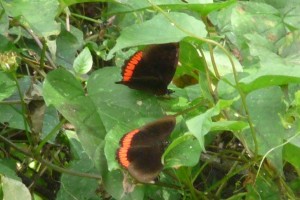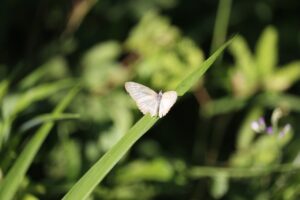Wildlife
We have many spacious enclosures at Corbin Local Wildlife, filled with native animals. They’re designed to feel wild — built to mimic the natural habitats these animals come from, so they feel right at home. Depending on our rescues, releases, and breed-and-release work, you’ll find a range of local wildlife. Each visit will be a little different — it all depends on who we’re caring for at the time!
We’re always discovering new species around Corbin Local Wildlife and we don’t always get time to update the list. So come see for yourself — you never know who you might meet!
Nine-Banded Armadillo
Scientific name: Dasypus novemcinctus
Other names: Tattoo
Appearance and behaviour
Tattoos are small mammals with a leathery, armoured shell. Members of the ant-eater family, they grow to around 30 inches including the tail. They are nocturnal, solitary beings and excellent diggers. When threatened, tattoos often roll up into a tight ball, relying on their armoured shell to protect them.
Diet and habitat
Tattoos scavenge forest floors for ants and termites. They have poor eyesight but use their keen sense of smell to navigate and hunt for food.
They make their homes in burrows and hollow logs near creeks, streams and forests.
Red-Tailed Boa Constrictor
Scientific name: Boa constrictor
Other names: Macajuel, Serpent
Appearance and behaviour
Serpents reach up to 13ft with the female being larger than the male. Their colouring features a brown or gray base-colour with red or brown patterns.
They are nocturnal and capable swimmers. They have a non-aggressive nature.
Diet and habitat
Serpents can adapt to a variety of landscapes but favour rainforests for the humidity and temperature. They often live in the burrows of mammals and use trees as cover from predators.
They prey on mammals (such as agouti), birds, rodents, lizards and bats. They grab prey with their teeth before constricting until death and then consuming whole. Depending on the size of the meal, they do not need to eat again for up to several months.
Amazon Tree Boa
Scientific name: Corallus hortulanus
Other names: Mango snake, Cascabel, Brown tree boa
Appearance and behaviour
Mango snakes are night-time hunters. They grow to around 6.5ft and vary in colour from grey brown to golden brown. They have a painful but non-venomous bite.
Diet and habitat
Mangos live on a varied diet which includes birds, squirrels, lizards, rats and small mammals.
They spend their resting time curled up in the protection of trees.
Red-Tailed Squirrel
Scientific name: Sciurus granatensis
Appearance and behaviour
They can live up to 10 years. A member of the rodent family, they use their tails to steer and balance.
Squirrels are most active in the morning and late afternoon to evening.
They were a major pest in Tobago during the height of the cocoa industry and locals were rewarded with bullets for shooting them in order to keep the population down.
Diet and habitat
Squirrels eat mostly nuts, seeds and fruit and very occasionally eggs or nestlings. They hide seeds for later, sometimes forgetting where, which helps to distribute plant species and promote growth.
They favour forested areas and build nests in trees or use hollows and woodpecker holes.
Red-Rumped Agouti
Scientific name: Dasyprota leporina
Other name: Golden-Rumped Agouti
Appearance and behaviour
Agoutis are similar in appearance to guinea pigs but with longer legs – excellent for running from predators and hopping into the air, which they do when startled.
They can live for up to 20 years – exceptionally long for rodents. Like the red-tailed squirrel, they are excellent seed distributors, vital for maintaining varied plant growth.
Diet and habitat
Agoutis favour wooded environments, concealing themselves at night in hollow logs. They feed on fallen fruit, leaves and roots.
Caribbean Hermit Crab
Scientific name: Coenobita clypeatus
Other name: Soldier crab, land hermit crab
Green Iguana
Scientific name: Iguana iguana
Other name: Common green iguana
Appearance and behaviour
Green iguanas grow up to 4.9ft from head to tail. They are very good swimmers and agile tree and vine climbers who climb to the tops of trees to enjoy the heat of the sun.
Despite the name, they can vary greatly in colour. Green iguanas have a white photosensory ‘third eye’ (the Parietal eye) on top of their heads which is able to sense movement and changes in light and dark to help detect predators from above. The third eye also detects length of day and season to trigger mating behaviour.
The males are larger than the females and have a dewlap which is fanned out when threatened and during mating displays.
They carry a row of spines on their backs to help protect them from predators. Another protection feature is a tail that can snap off to allow speedy escape before regrowing.
Diet and habitat
Iguanas eat fruits and vegetables and favour environments where trees, vines and water are available.
Cryptic Golden Tegu
Scientific name: Tupinambis teguixin
Other names: Matte, Mato, mate, golden tegu, salimpanter, salipenta, salipenter
Appearance and behaviour
Salipenters grow up to 4ft from head to tail. The young have a green/brown colouring between black bands which fade after 4 weeks to reveal adult colours of black and gold/yellow stripes. They have forked tongues and males also have jowls.
The tail can be easily broken and regrown to evade attack. Salipenters are solitary by nature, can live for up to 20 years and can be aggressive when provoked.
As part of the mating display, the male marches on the spot for the female before prodding her with his snout and scratching her sides. They shelter in hollow logs and lay their eggs in burrows and termite nests.
Diet and habitat
Salipenters adapt well to different landscapes and are found in forests as well as savannahs and coastal areas.
They have a wide and varied diet which includes berries, insects, crabs, frogs, lizards, snakes, eggs, mice and rats. They are adept at climbing trees to hunt for eggs.
Spectacled Caiman
Scientific name: Crocodilus crocodilus
Appearance and behaviour
They have no teeth visible when the mouth is closed which distinguishes them from other crocodile families. They also have a bony ridge above the eyes, giving the appearance of wearing spectacles.
Diet and habitat
Caiman colonise brackish and freshwater environments where a diet of fish, frogs and birds is abundant.
They make nests in grassland and forest habitats using leaves and twigs to form mounds where eggs can be deposited.
Opossum
Manicou
Scientific name: Didelphimorphia
Other names: Manicou
Appearance and behaviour
Manicous are solitary in nature as well as nocturnal. Their lifespan is just two to four years and females often give birth to very large numbers of young. The offspring are born at an early stage and make their way to the marsupial pouch to nurse.
Manicous have a strong immune system showing partial or total immunity to snakes such as rattlesnakes, cottonmouths and other pit vipers.
When threatened, they mimic the appearance of a dead or sick animal, an involuntary response that includes barred teeth, a foul smell, foaming of the mouth and a stiff body which appears lifeless to the touch. Manicous will usually regain consciousness within 40 minutes to 4 hours.
Diet and habitat
They are great scavengers and omnivores, eating everything from grass, fruit, insects, mice, snakes, eggs and chickens. Manicous live in forests in abandoned burrows and trees where they can be kept dark and secluded.
Their varied diet, strong immune system and reproductive habits make them excellent survivors in challenging environments.
Birdlife
See the following birdlife spotted at Corbin Local Wildlife. We’re always discovering and documenting new species around Corbin Local Wildlife and we don’t always get time to update this list. Many thanks to Tarran Maharaj and Kamal Mahabir for most of the photographs below.
Butterflies
The following butterflies have been spotted at Corbin Local Wildlife. We’re always discovering and documenting new species around Corbin Local Wildlife and we don’t always get time to update this list. Many thanks to Tarran Maharaj and Kamal Mahabir for most of the photographs below.
Anartia
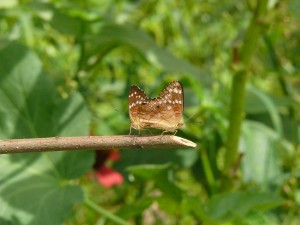
Flora
The following flora have been spotted at Corbin Local Wildlife. We’re always discovering and documenting new species and we don’t always get time to update this list.
Flowers
- Heliconia
- Water lilies
- Lantana
- Vervane
- Graveyard daisy
- Cochricho bush
- Orange flower
- Rattle
- Peas
- Passionfruit
- Mimosa sensitive
- Piper
Trees
- Milkwood
- Angeline
- Trumpet tree
- Naked Indian
- Glory cedar
- Silkcotton
- Mahogany
- Bay
- Cleanteeth
- Burnt nose
- Gru Gru
- Royal palm
- Rubber
- Balsa
- Hog plum
Nut and Fruit trees
- Mango
- Breadfruit
- Breadnut
- Plantain
- Guava
- Golen/Custard apple
- Avocado
- Papaya
- Wild guava
- Cashew
Corbin Local Wildlife
68 Belmont Farm Road,
Mason Hall, Tobago
8am to 6pm
Contact us to book your visit
corbinlocal@gmail.com
+1 868-327-4182
Click to WhatsApp us
Need help with wildlife?
Call Corbin!
Learn more here
